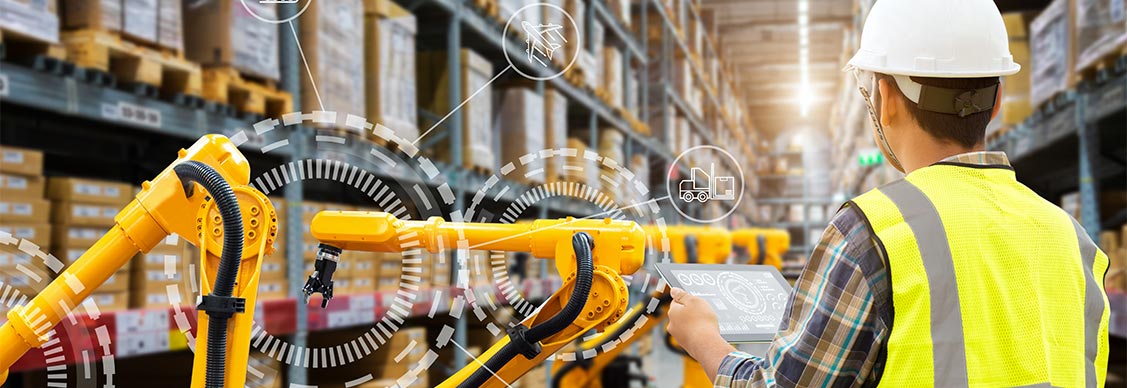Who funds the next wave of warehouse automation?
Keeping up with demand doesn’t come cheap - but new options could be emerging
The rise of online shopping has pushed warehouse operators toward greater levels of automation over the past decade, a move – alongside persistent labor shortages – aimed at addressing the rising need for speed.
But some 80 percent of warehouses still have no automation. So what’s the stumbling block – and who funds the significant investment needed in transformative warehouse robotics?
“It’s a key question right now as the sector looks to evolve and keep up with rising consumer demand,” says Ashley Smart, head of UK occupier services at JLL.
Globally, the warehouse automation market is expected to reach US$41 billion by 2027, according to LogisticsIQ’s latest 2022 market report. A 2020 study by Prologis found that automation can boost revenue, estimated to rise per square foot of logistics space by between 10% and 20% for e-commerce operations.
Lack of choice
Part of the issue around funding automation is that third party logistics providers (3PLs) and occupiers are faced with a lack of choice when seeking finance providers.
The specialised nature of the warehousing industry means not everyone has the knowledge and therefore confidence to fund and finance progress. While the likes of global asset finance partner DLL can arrange equipment finance, there are few options for those seeking to upgrade their warehouses with new tech and robotics across countries and locations.
Looking for more insights? Never miss an update.
The latest news, insights and opportunities from global commercial real estate markets straight to your inbox.
“The challenge is finding international players able to match global, cross-border ambitions,” says Marcel Reinhardt, global head of supply chain financing at JLL’s business partner, Miebach Consulting. “There’s a real need for expertise across countries which can take a view on the sector and finance the warehouses of the future. The sector is really seeking a financial instrument to solve a practical issue.”
Labor pressures
Many warehouses already employ technologies such as roaming shuttles and autonomous mobile robots (AMRs). But these tools still collaborate with people. For example, the packing of individual orders collected by robots is ultimately completed by employees.
However, a labor shortage in most markets right now has served to pile more pressure on warehouses. In the U.S., 73% of warehouse operators say they cannot find enough workers, according to a survey this year by Instawork.
“Shallow recruitment pools are not going to be solved overnight,” says Reinhardt. “And comparative costs of relocation to places where labor pools are bigger may prove just as costly.”
Investment Opportunities
Pay off over time
Incorporating automation into warehouses and designing real estate that can be converted as automation requirements evolve could prove financially astute over the medium to long term, says Smart. In Italy, a new global logistics hub for the Kering Group and its logistics partner GXO combines state-of-the-art technology and automation.
For some, high initial outlay on automation can prove to be a prohibiting factor, Smart says.
But over time, the cost of technology may come down. Investment in warehouse automation will pay off, not only holding a premium, but also resulting in cost-savings through improved efficiencies, cutting waste at a time of increased onus on energy consumption and creating higher potential for scale along the way.
In the pursuit of progress, closer relationships between all sides, from developers to occupiers, will be key.
“Collaboration, from initial design through to financing to development and completion, is vital,” Reinhardt says. “All parties will need to factor automation in much earlier in the process than is currently the case. Asset strategy and financial strategy need to be more aligned.”
The issue remains that logistics is moving fast – with the sector doing its best to catch up and keep pace. As things stand, answers to how automation investment is financed remain in short supply, Smart concludes.
“Warehouse developers, investors and 3PLs are all aware of this pressing question.”
聯繫 Ashley Smart
Head of UK occupier servicesWhat’s your investment ambition?
Uncover opportunities and capital sources all over the world and discover how we can help you achieve your investment goals.




